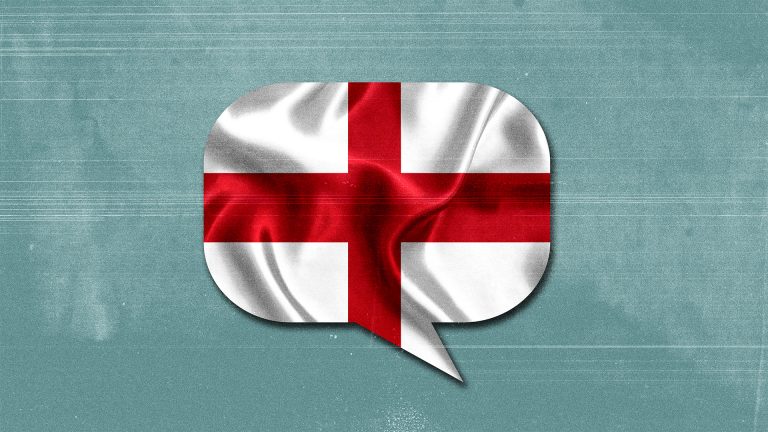“He who would all England win, should at Weybourne Hope begin” is a saying which has been resurrected over the centuries whenever England was seen to be threatened with invasion via the North Sea (or the “German Ocean”, as it was formerly, perhaps more threateningly, called), such as before the Spanish Armada invasion of 1588; as well as during the Napoleonic wars; during the build-up to the first world war in 1914-1918; and after the 1941 Dunkirk evacuations of the second world war.
Weybourne Hope lies in north Norfolk where the shingle spit of Blakeney Point meets the cliffs. Hope is an ancient word which is probably of Old Norse origin and may have meant “haven, place of anchorage for ships”; The Oxford English Dictionary also glosses it as “a piece of enclosed land, e.g. in the midst of fens or marshes or of waste land generally”.
The sea off this steeply shelving stretch of the Norfolk coast is deep until very close in to the shore, potentially allowing an invading fleet’s vessels to anchor and unload, hence the anxiety about the vulnerability of the coast at this point.
Weybourne Hope is said to be the only place along the entire English east coast between the Humber estuary and Kent where an enemy naval vessel could approach to within a few hundred yards of the beach. After the Dunkirk evacuations, the British prime minister Sir Winston Churchill inspected the coastal defences at this location twice, as fears of a Nazi invasion were very real.
Suggested Reading


The myth of England’s monocultural past
The village of Weybourne is situated on the central north coast of Norfolk, about seven miles west of Cromer, and has around 500 residents. The name of the village is pronounced “Webb’n”. It was known to the original Old English-speaking Anglo-Saxon settlers who replaced the indigenous Celtic Iceni tribe as wearg-burne “felon stream”, perhaps signifying a place where criminals (wearg) were executed, probably by drowning in the stream. The small brook that runs through Weybourne today, which is presumably what the village was originally named after, now goes by the very different and much happier name of Spring Beck. The course of this stream was altered in the 1700s in connection with the building of a watermill and its associated mill pond.
This replacement of the original English place-name element burn by the Scandinavian form beck is just one linguistic reflection of the enormous cultural and societal changes which took place throughout a great deal of eastern England after the traumatic arrival of the Vikings and their Great Heathen Army in 865 AD, when Scandinavian Old Norse culture came to dominate and to an extent replace the Old English ways and belief systems of the Angles and the Saxons.
Burna was a West Germanic Anglo-Saxon word meaning “spring, brook, stream”. This element occurs in many different locations in England, where nowadays it most often appears as bourne, as in Bournemouth. In Scotland it is more usually written burn, as in Bannockburn, the site of the famous 1314 battle at which the Scottish army led by Robert the Bruce defeated a much larger English army led by King Edward II of England.
Beck, on the other hand, was a North Germanic Old Danish term. The word remains bæk in Modern Danish and bekk in Norwegian.
Kent
The name of the modern English county of Kent has an etymology which is not entirely certain, but one possibility is that it comes from a Celtic form cant meaning “rim, border” or “coastal district”. The modern Welsh word cant can be translated into English as “periphery”.




